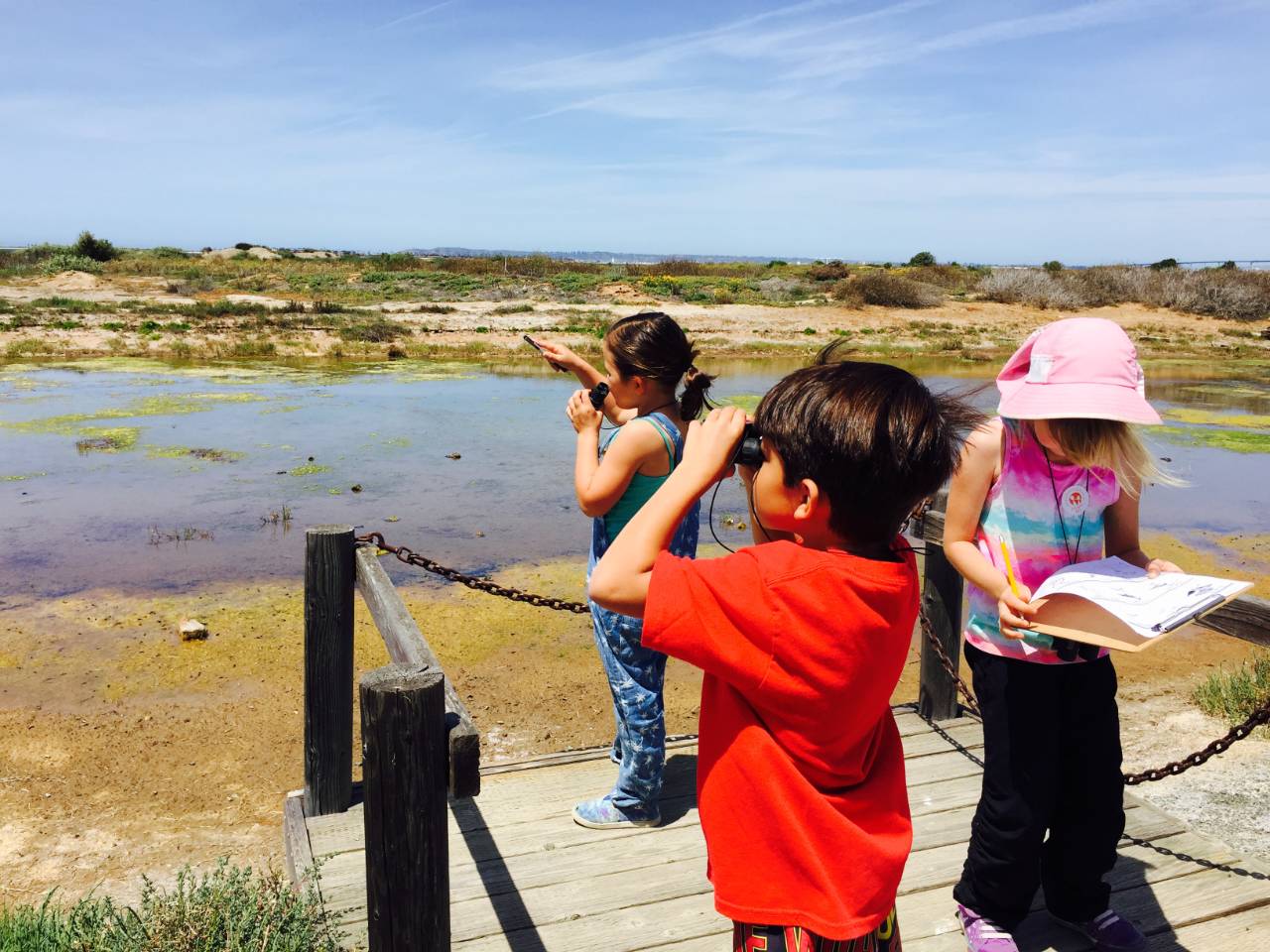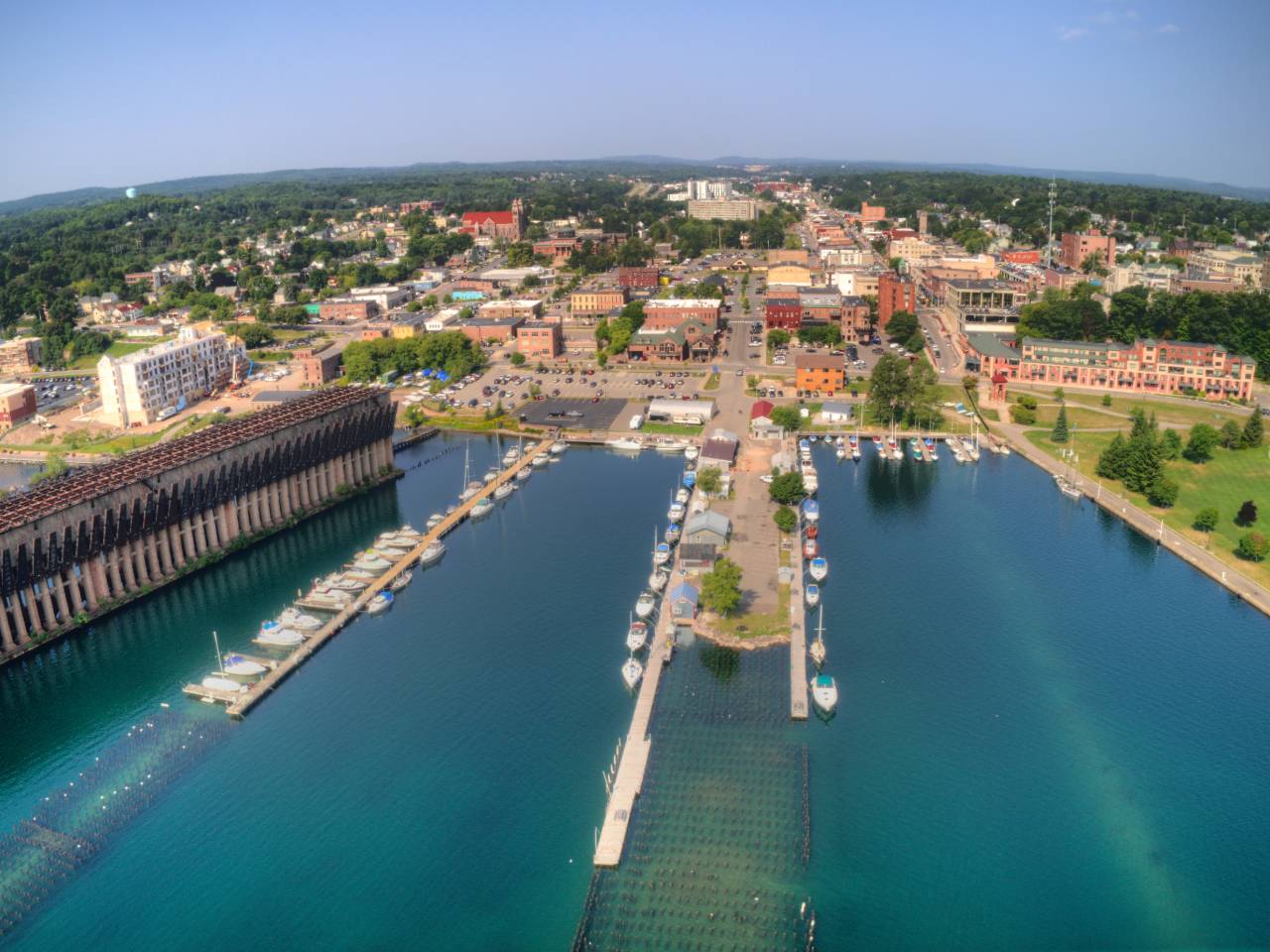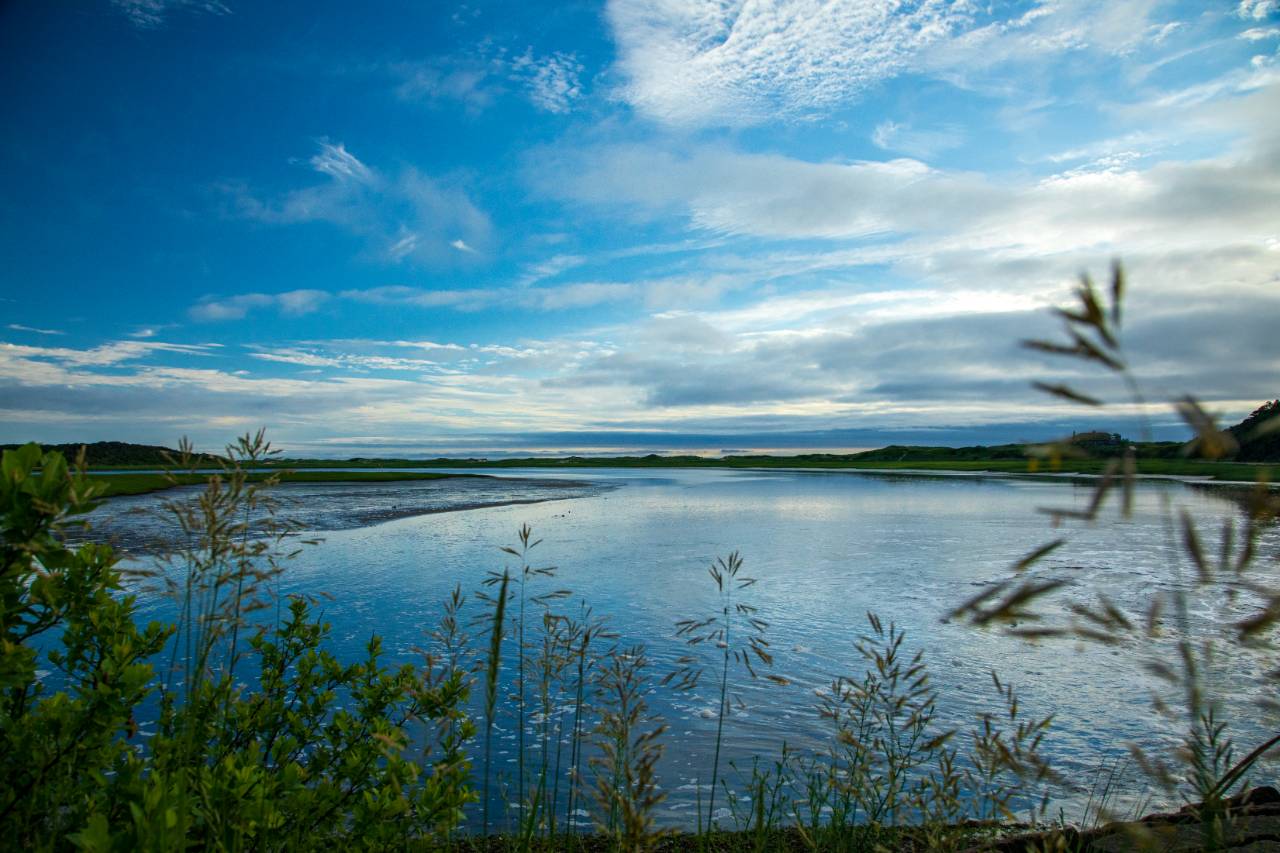Decades ago, the Nahant Marsh in Davenport, IA was used as a city dump and then a gun club.
Eventually the EPA declared it a Superfund Site in the late 1990s, leading to a cleanup of 140 tons of lead. But then the local community turned it into a nature preserve and began buying nearby farmland, creating one of nation’s largest urban wetlands. Few could have imagined its ultimate potential: a massive floodwater sponge for the swollen Mississippi River, protecting the nearby city and its inhabitants from record flooding.
Marsh experts say the 305-acre site collected as much as a trillion gallons of Mississippi River water in the spring of 2019, lessening flooding in nearby areas and protecting communities downstream. “It shows the value of using restored wetlands that can hold and help clean floodwater,” says Brian Ritter, executive director of Nahant Marsh, owned by the City of Davenport and the nonprofit Nahant Marsh board.
“[Nahant Marsh] shows the value of using restored wetlands that can hold and help clean floodwater.”
The directors of the Nahant Marsh are planning to buy more land to revert back to natural marshland this fall. They know their area will see floodwaters again, most likely soon. So far this decade, the marsh was flooded for more than 700 days, and by the end of the decade it could be nearly double the number of days it flooded during the 1990s. Ritter says as the upper Midwest gets wetter, as the climate models suggest, they will need more wetlands to absorb the floodwaters that come with bigger rainfall events.
Scientists at the Iowa Flood Center agree. Funded by the state, the center is the only one of its kind in the country, providing scientific and technical expertise about flooding issues to communities, businesses and organizations across Iowa. Flood experts are realizing that open land and marsh areas along rivers can provide valuable protection for communities that are exposed to massive amounts of water shunted downstream by floodwalls. By creating more stormwater and storage pond areas along waterways, communities can create a sort of “sponge city concept” that soaks up water before it builds into a bigger problem downstream. Craig Just, an associate professor of civil and environmental engineering at the University of Iowa and researcher at the Iowa Flood Center, says river towns like Davenport are using their technical expertise to create better flood planning — new ways to hold water on land instead of just pushing it downstream where it becomes another community’s problem. “Let floodplains be floodplains,” Just says.
Davenport Mayor Frank Klipsch is a big supporter of this concept, partly because, unlike many other cities along the river, Davenport has no major floodwall to protect its urban area. Instead the city uses a series of temporary barriers and riverfront parks to collect the water and keep it out of populated areas. So when the Mississippi swelled to record levels in 2019 after Iowa received more rainfall than it had in its 124 years of recorded history, he counted on areas outside the city to absorb the rising waters. Eventually part of the downtown did flood, but Klipsch says it was not as devastating as it could have been. Plus, he says, putting up huge walls and levies to protect the city would change the character of the city.
Klipsch has pushed for creating more marshes and wetlands to help mitigate flooding and restore wildlife areas that no longer exist. “Davenport was founded as a river town. The people have always wanted to be part of the riverfront….we wanted to keep the river open and embrace it.”
Studies have shown that this can be an effective strategy, as documented in a 2011 EPA report: “Natural features (rivers, bluffs, woodlands) are the defining feature with which many communities are identified. Designing the built environment to protect and preserve the salient characteristics of the natural environment often will result in the side benefit of resiliency to natural disasters. For example, some river communities, such as Davenport, Iowa have eschewed structural flood protections in favor of an urban form that accepts flooding. Parkland and other open spaces along the river have come to be highly-valued community assets.”
Earlier in 2019 Klipsch traveled to a United Nations conference in Europe to talk to business leaders, scientists and experts who are dealing with increased flooding and climate change. He came back more convinced than ever that climate change is real and will get worse. “We have to realize, this is a new normal,” he says. “We have to prepare for next spring because the weather is changing.”
Klipsch says many mayors up and down the Mississippi River are thinking of new ways to deal with the historic flooding that has hit several communities since November 2018. He is vice-chair of the Mississippi River Cities and Towns Initiative (MRCTI), an association of 90 mayors from communities ranging from Minnesota to Louisiana. The group is working with federal agencies to fund more projects that focus on mitigation and resilience, rather than building bigger walls and levies. Mayors downriver say without marshes and natural land areas for floodwaters to spill into, levies and floodwalls make Mississippi River floods more dangerous as the river is channeled downstream.
“Flood walls and levies constrict the river, elevating the risk to all,” says MRCTI executive director Colin Wellenkamp. “We’re trying to move more money to fund mitigation and resilience programs that save more lives and property.” The organization of mayors is recommending a new $7.8 billion infrastructure plan and the establishment of a Resilience Revolving Loan Fund to help communities address growing threats like the 2019 floods. “I think what we’re seeing here is people realizing that the conventional solutions are no longer enough, a new approach is needed because these disasters are coming more often and with more intensity than ever before,” Wellenkamp stated in MRCTI’s June 2019 newsletter.
But although the science is clear that climate change poses a growing risk of floods and other extreme weather events, Klipsch says it’s still a tough sell to talk about the issue with many people in his community. “It can be very divisive,” he says. “We know something is changing, and we know we have to do what we can. We can see it firsthand. It’s happening no matter what we label it.”
Just agrees. “The only way to make smart political decisions is to have good science,” he says. “We can provide the best science to help them make informed decisions. That’s exactly what the mayors need.”
Story by: Rocky Kistner (Sept. 2019).
Image: Nahant Marsh, Davenport, Iowa. | Credit: James Wiebler.



